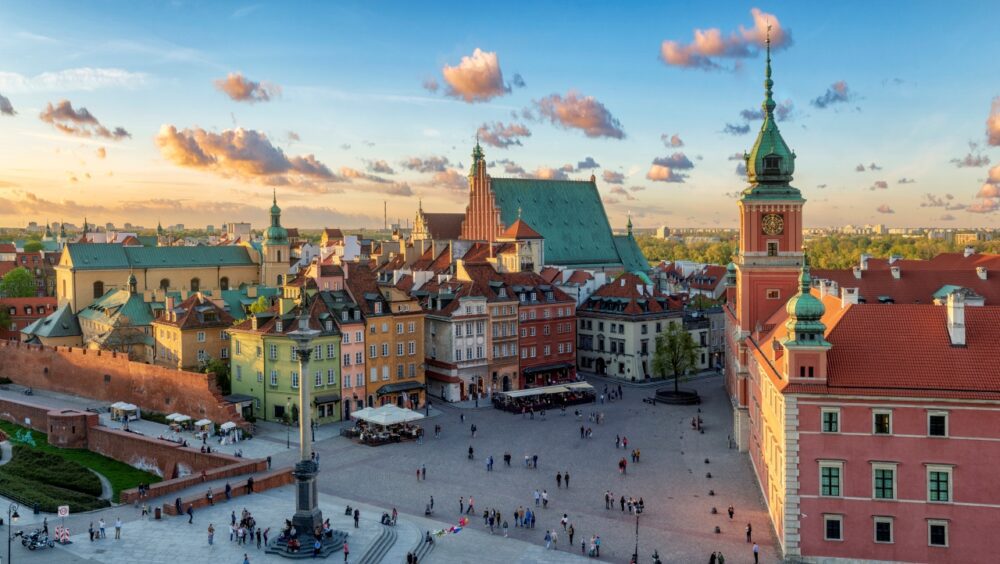
Is Warsaw worth visiting? Absolutely! The first time I arrived in Warsaw, I was amazed by the city’s incredible mix of history, resilience, and modern energy. Walking through the meticulously restored Old Town, which was rebuilt from the rubble after World War II, and strolling down its bustling modern streets, I quickly realised that Warsaw is a city with many stories to tell. It’s a place where tradition meets innovation, and there’s always something new to discover around every corner.
As the capital of Poland, Warsaw has seen its share of challenges, but it has emerged as a vibrant, cosmopolitan city. With its beautiful parks, fascinating museums like the POLIN Museum of the History of Polish Jews and the Warsaw Uprising Museum, and a buzzing food and nightlife scene, Warsaw offers something for everyone. From the grandeur of Łazienki Park to the hipster vibes of the Praga district, the city is full of contrasts and surprises.
But is Warsaw worth visiting for you? In this blog post, we’ll uncover the top 10 reasons why Warsaw should be on your travel list, from its rich history and architecture to its modern cultural scene. Plus, we’ll share travel tips to help you make the most of your visit to this fascinating Polish capital. Keep reading to discover why Warsaw is more than worth a visit.
Table of Contents
Pros – Reasons You Should Visit Warsaw
1. A City That Beautifully Blends History and Modernity

Warsaw is a city of contrasts, where centuries-old history meets sleek skyscrapers and modern developments. It was almost entirely destroyed during World War II, but the city has been meticulously rebuilt while embracing its contemporary side. Walking through Warsaw, you’ll see a mix of reconstructed historic buildings, communist-era architecture, and futuristic glass towers.
I was amazed at how the Old Town, which was reduced to rubble during the war, has been so carefully restored that it looks like it has stood for centuries. Just a short walk away, the skyline is dominated by modern high-rises, giving Warsaw an energetic, forward-thinking feel. It’s a city that respects its past while embracing its future, making it one of the most unique capitals in Europe.
2. The Old Town is a Stunning Example of Post-War Reconstruction
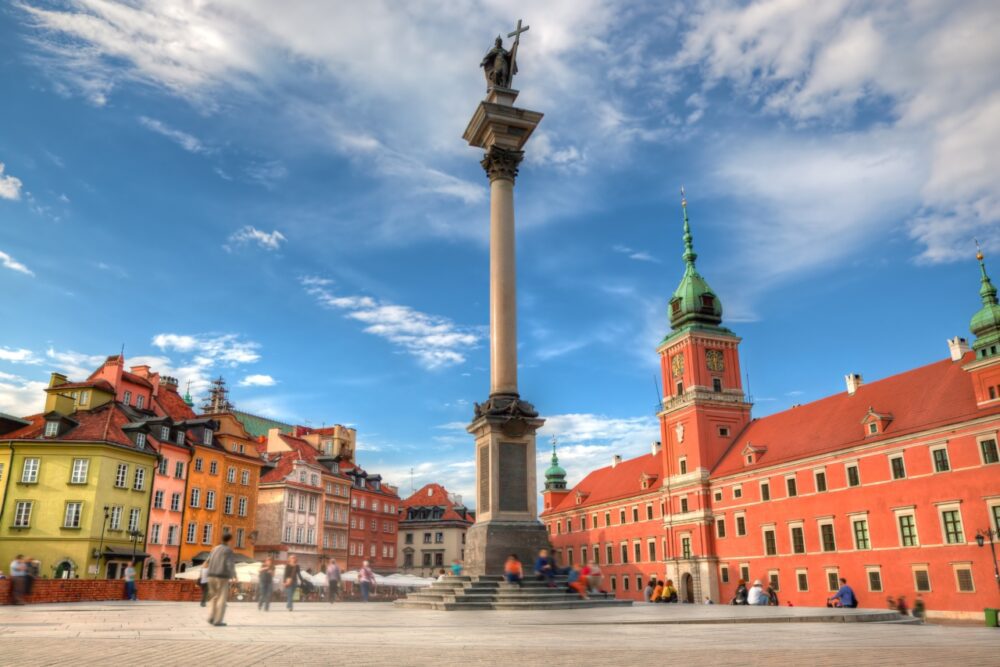
Warsaw’s Old Town, a UNESCO World Heritage Site, is one of the most impressive examples of historical reconstruction in the world. After being destroyed during World War II, it was rebuilt using old paintings and photographs to restore its original charm. Today, it looks like a medieval city, with colourful townhouses, cobbled streets, and lively squares.
I spent hours wandering through the Old Town, stopping to admire St. John’s Cathedral and the Royal Castle. The main square was particularly charming, with outdoor cafés and street musicians adding to the atmosphere. Knowing that this entire area was rebuilt from the ground up makes it even more impressive—it’s a testament to Warsaw’s resilience and determination to preserve its history.
3. A Rich and Powerful History That Can Be Felt Everywhere
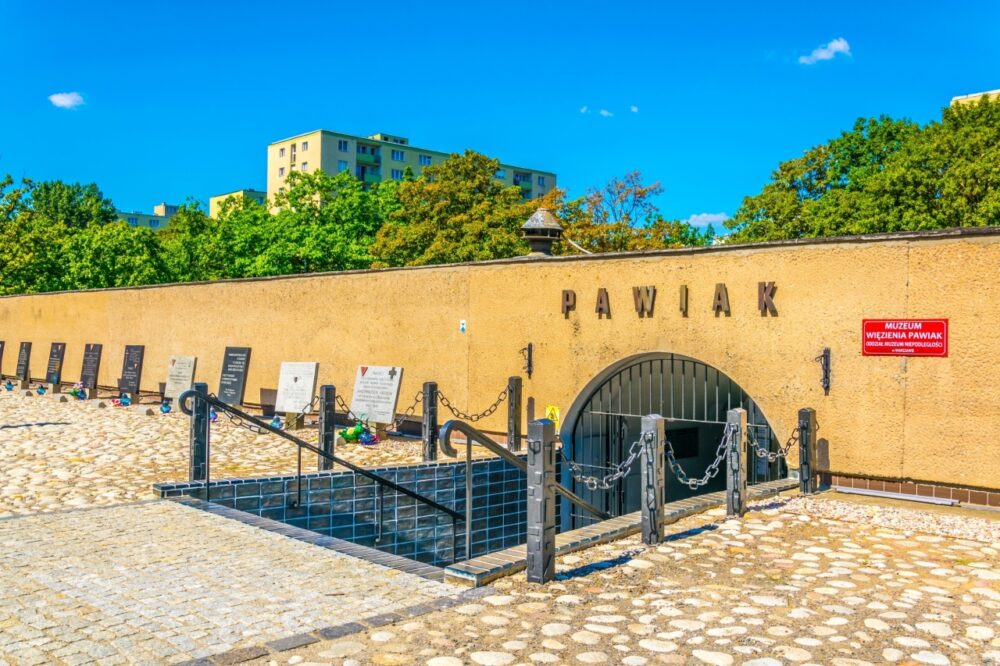
Warsaw has played a central role in some of the most significant events in European history, and its museums, monuments, and memorials tell the story of its struggles and triumphs. From its time as the capital of the Polish-Lithuanian Commonwealth to its devastation in World War II and life under communism, Warsaw’s history is deeply moving and incredibly well-documented.
I visited the Warsaw Uprising Museum, which provides a powerful look at the city’s resistance against Nazi occupation in 1944. The interactive exhibits and personal stories were emotional and eye-opening. Another must-visit is the POLIN Museum of the History of Polish Jews, which offers an in-depth look at Jewish life in Poland over the centuries. Warsaw’s history is not just something you read about—it’s something you feel as you explore the city.
4. A Great Destination for Budget Travelers
Compared to other European capitals, Warsaw is incredibly affordable. Accommodation, food, and public transport are all reasonably priced, making it a great destination for budget-conscious travellers. You can enjoy high-quality meals, visit top attractions, and experience the city’s vibrant culture without spending a fortune.
I was pleasantly surprised at how far my money went in Warsaw. A full meal at a traditional Polish restaurant, including soup, a main dish, and a drink, cost about half of what I would pay in Western Europe. Even the attractions were budget-friendly, with many museums offering free entry on certain days. If you’re looking for a European city that won’t break the bank, Warsaw is an excellent choice.
5. The Food Scene is a Delicious Mix of Tradition and Innovation
Polish cuisine is hearty and comforting, and Warsaw offers a fantastic mix of traditional dishes and modern culinary trends. From classic pierogi (dumplings) and żurek (sour rye soup) to trendy restaurants serving fusion cuisine, the city is a food lover’s paradise.
I had some of the best pierogi at a small family-run restaurant, where they were filled with everything from meat and mushrooms to blueberries and sweet cheese. I also tried zapiekanka, a popular street food that’s like a Polish version of a baguette pizza, covered in mushrooms, cheese, and sauces. Whether you want a traditional meal or something more contemporary, Warsaw’s food scene has something for everyone.
6. The Palace of Culture and Science Offers the Best View of the City
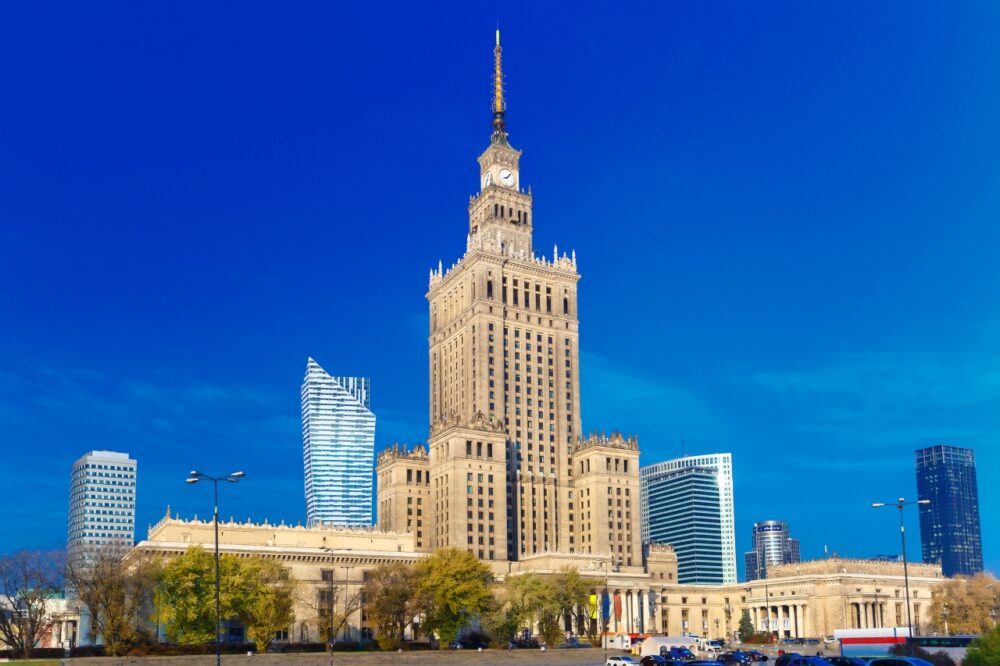
The Palace of Culture and Science is one of Warsaw’s most recognizable landmarks. Built during the communist era, it’s an enormous Stalinist skyscraper that dominates the skyline. While opinions on the building’s style are mixed, there’s no denying that the view from the top is spectacular.
I took the elevator to the observation deck on the 30th floor, and the panoramic view of Warsaw was stunning. The contrast between the Old Town’s historic rooftops and the modern glass towers of the business district was fascinating. Even if you’re not a fan of Soviet-era architecture, the view alone makes it worth a visit.
7. A Vibrant Nightlife and Bar Scene
Warsaw has a dynamic nightlife scene, with everything from trendy cocktail bars and underground clubs to traditional Polish pubs. The city’s student population and growing international community give it a youthful and energetic atmosphere, making it one of the best places in Poland to enjoy a night out.
I spent an evening exploring the bars in the Praga district, a formerly industrial area that’s now known for its creative spaces and nightlife. I found hidden speakeasies, rooftop bars with skyline views, and lively vodka bars serving endless varieties of flavoured vodka. Whether you’re looking for a laid-back drink or an all-night party, Warsaw’s nightlife has something for everyone.
8. Plenty of Green Spaces and Parks
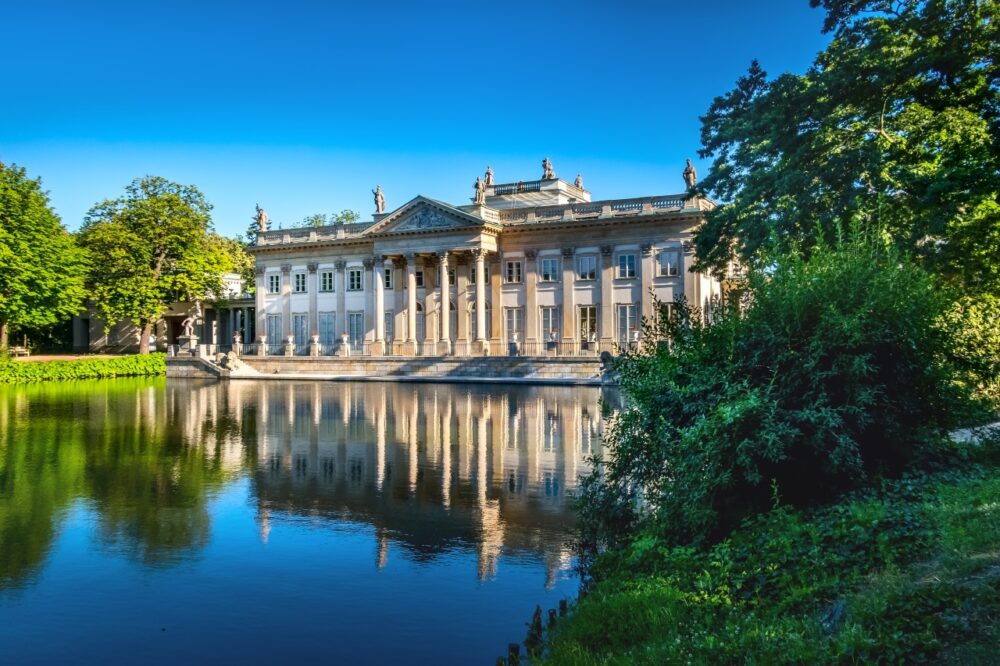
Despite being a bustling capital, Warsaw has an impressive number of parks and green spaces where you can relax and escape the city’s fast pace. Łazienki Park, the largest in Warsaw, is particularly beautiful, with palaces, gardens, and even peacocks wandering the grounds.
I took a long walk through Łazienki Park and stumbled upon the Chopin Monument, where free outdoor piano concerts are held in the summer. The peaceful atmosphere made it a perfect place to take a break from sightseeing. With so many green spaces throughout the city, Warsaw offers plenty of opportunities to slow down and enjoy nature.
9. A Well-Connected and Efficient Public Transport System
Warsaw has an excellent public transport system, including trams, buses, and a metro network that makes getting around easy and affordable. The city is well connected, and most major attractions are accessible by public transport.
I found the metro system incredibly clean and efficient, with clear signs in English that made navigation simple. Even late at night, I felt safe using public transport, and the cost of tickets was much lower than in other European capitals. If you’re planning to explore different parts of the city, Warsaw’s transport system makes it hassle-free.
10. A City That is Constantly Evolving and Full of Energy
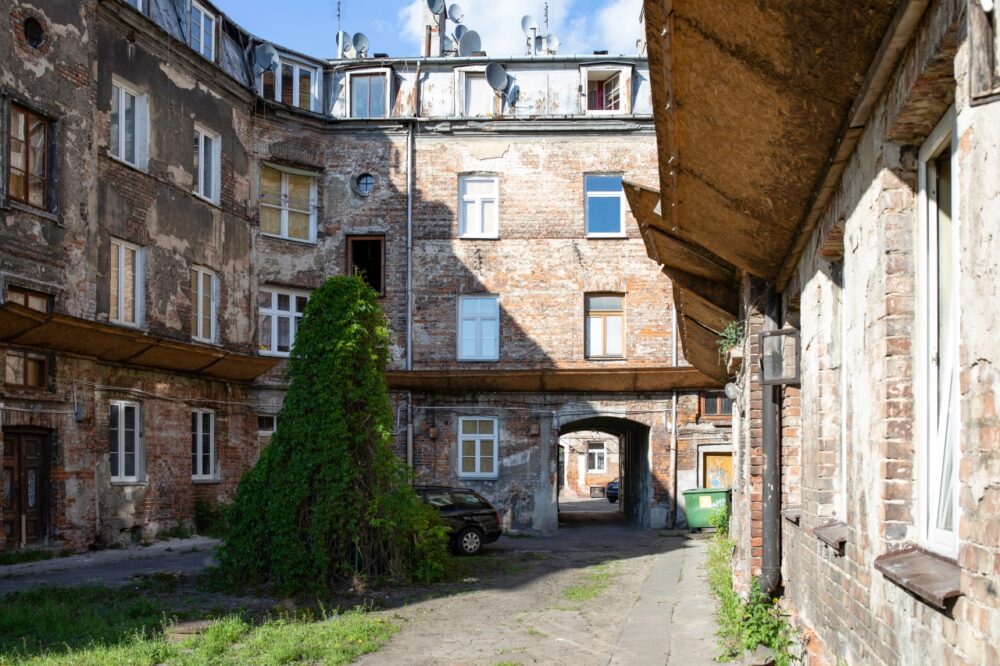
Warsaw is a city that refuses to stand still. It has overcome destruction, rebuilt itself, and continues to grow and innovate. Unlike cities that feel like they’ve settled into their identity, Warsaw is constantly evolving, with new cultural spaces, creative districts, and modern architecture appearing all the time.
Walking through the city, I felt the energy of a place that is still shaping its future. The creative street art in Praga, the booming start-up scene, and the redevelopment of old industrial areas into trendy cafés and galleries all show how Warsaw is embracing change. It’s a city that feels alive, making every visit feel fresh and exciting.
Cons – Things to Consider When Visiting Warsaw
1. The Weather Can Be Harsh, Especially in Winter
Warsaw’s climate can be challenging, particularly in winter when temperatures often drop below freezing, and heavy snowfall is common. The cold months can feel long and dark, with short daylight hours and icy winds that make walking around the city less enjoyable. Summers, on the other hand, can be warm and pleasant, but spring and autumn often bring unpredictable rain.
I visited Warsaw in February, and while the snowy streets made the Old Town look picturesque, the biting cold made sightseeing more difficult. The wind seemed to cut right through my coat, and even with layers, I found myself ducking into cafés just to warm up. If you’re not a fan of cold weather, visiting in late spring or early autumn is a much better choice.
2. The City Lacks the Storybook Charm of Other Polish Destinations
While Warsaw has a fascinating history and some beautiful areas, it doesn’t have the same fairy-tale charm as cities like Kraków or Wrocław. Much of Warsaw was destroyed during World War II, and although the Old Town has been reconstructed, large parts of the city still have a more functional, modern feel with grey communist-era buildings dominating some districts.
I noticed this contrast when walking from the Old Town toward the business district. One moment, I was surrounded by beautifully restored historic buildings, and the next, I was in a neighbourhood filled with large, concrete apartment blocks that felt a bit stark. Warsaw has its own appeal, but if you’re looking for a picture-perfect European city with old-world charm, you might find places like Kraków more visually appealing.
3. Traffic Can Be Heavy, and Some Areas Feel Sprawling
Warsaw is a large and spread-out city, and getting from one part to another can take time. While the public transport system is efficient, traffic congestion can be an issue, especially during rush hour. Some of the major roads are wide and built for cars rather than pedestrians, making certain areas feel less walkable compared to smaller European cities.
One afternoon, I took a taxi from the Old Town to the Praga district, and what should have been a 15-minute drive turned into 40 minutes due to traffic. Even using trams or buses, getting across the Vistula River to different neighbourhoods sometimes took longer than expected. While the city is well-connected, the distances between attractions mean you often have to rely on transport rather than exploring entirely on foot.
4. The Soviet-Era Architecture Can Feel Uninspiring
Although Warsaw has a mix of architectural styles, parts of the city still bear the marks of its communist past. Large concrete apartment blocks, grey administrative buildings, and wide, uninviting boulevards can give some areas a somewhat dull or cold appearance. While the Old Town and newer developments are vibrant and attractive, the contrast between different parts of the city can be striking.
I walked through some of the residential districts built during the communist era, and while they were historically interesting, they didn’t have the same inviting atmosphere as the more picturesque parts of the city. Some travellers appreciate this side of Warsaw for its historical significance, but others may find it less visually appealing compared to other European capitals.
5. English is Not as Widely Spoken as in Other European Capitals
While younger generations and people working in tourism generally speak English well, Warsaw is not as English-friendly as cities like Amsterdam or Copenhagen. In more local restaurants, shops, or transport hubs, English may not be widely spoken, which can make communication a bit tricky for first-time visitors.
I found this particularly when ordering food in smaller, family-run restaurants. The menu was only in Polish, and while the staff were friendly, there was a bit of a language barrier when trying to ask about certain dishes. Learning a few basic Polish phrases or using a translation app can be helpful in these situations. That said, locals were always patient and willing to help, even if we had to rely on gestures or Google Translate.
When to Visit Warsaw
The best times to visit Warsaw are spring (April to June) and autumn (September to October) when the weather is pleasant, and the city’s parks and squares are alive with activity. Spring brings blooming flowers to Łazienki Park, while autumn adds a golden charm to Warsaw’s Old Town. Summer (July to August) is warmer, with lively outdoor events like concerts and markets, though it can be busier. Winter is cold but magical, especially in December, when the city’s Christmas lights and festive markets transform it into a winter wonderland.
How to Get to Warsaw
Warsaw Chopin Airport (WAW), located just 10 kilometres from the city centre, is Poland’s largest airport and serves major European and international airlines like LOT Polish Airlines, Lufthansa, and British Airways. From the airport, trains and buses provide affordable connections to the city in about 20 minutes, while taxis and ride-hailing apps like Bolt offer faster but pricier options. The smaller Warsaw Modlin Airport (WMI), about 40 kilometres away, handles budget airlines like Ryanair, with shuttle buses connecting it to the city. Warsaw is also well-connected by train to other Polish cities and international routes.
Where to Stay in Warsaw
Warsaw offers a range of accommodation options to suit every budget:
- Luxury: City Centre – Stay near landmarks like the Palace of Culture and Science. Consider Raffles Europejski Warsaw, offering five-star luxury, or InterContinental Warsaw, known for its stunning skyline views.
- Mid-range: Old Town or Śródmieście – Ideal for history lovers and easy access. Options include Hotel Polonia Palace, a historic yet affordable gem, and Novotel Warszawa Centrum, combining comfort and convenience.
- Budget: Praga District or Around Centrum – Affordable stays like Oki Doki Hostel or Hostel Helvetia provide great value with character and central locations.
Getting Around Warsaw
Warsaw’s ZTM public transport system is efficient and includes buses, trams, and a modern metro network. Tickets are affordable and valid across all modes of transport, with single tickets and day passes widely available. Cycling is a fantastic way to explore, with the Veturilo bike-sharing system offering an eco-friendly and budget-friendly option. Walking is ideal in the compact Old Town and along the Royal Route. Taxis and ride-sharing apps are also widely available, but public transport is usually the faster and cheaper choice in Warsaw’s busy streets.
How Long to Spend in Warsaw
Three to four days is ideal for experiencing Warsaw’s highlights, including the Old Town, the Royal Castle, and the POLIN Museum of the History of Polish Jews. This allows time to stroll through Łazienki Park, explore the trendy Praga District, and enjoy Warsaw’s dynamic dining scene. With an extra day, consider a day trip to Wilanów Palace or the Kampinos Forest for a taste of nature. Warsaw’s blend of resilience, history, and modern energy makes it a fascinating city to explore at a relaxed pace.
Conclusion
So, is Warsaw worth visiting? Absolutely! With its rich history, impressive architecture, and vibrant cultural scene, Warsaw offers a unique blend of old and new. Highlights like the Warsaw Old Town, fascinating museums, and its lively food and nightlife make it a city full of unforgettable experiences. While it may lack the romantic charm of Kraków, Warsaw’s resilience, energy, and diverse attractions make it just as captivating. If you’re ready to explore Poland’s dynamic capital, start planning your trip to Warsaw today—you won’t regret it!
